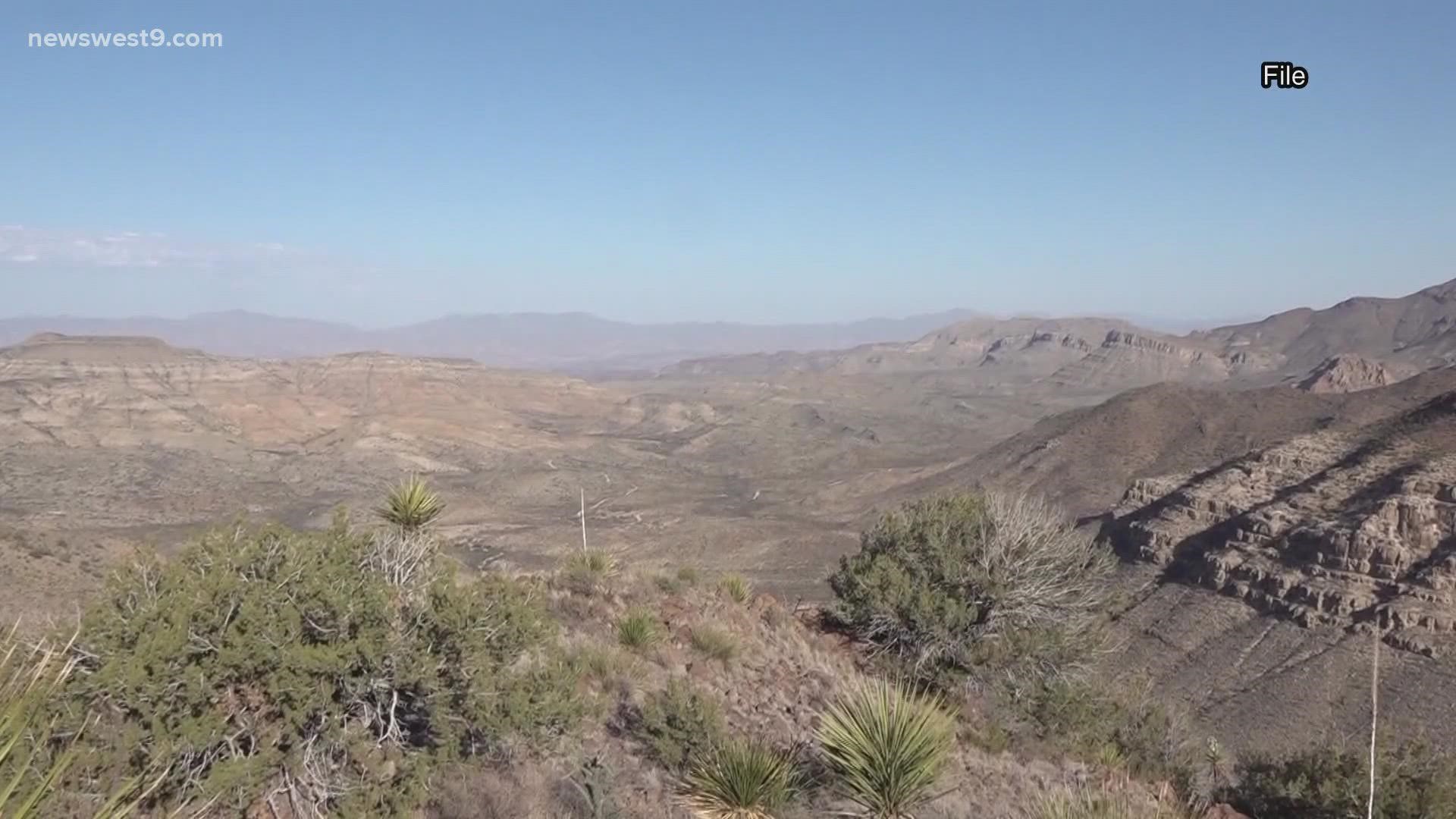VAN HORN, Texas — Just before the end of 2021, Border Patrol agents came across human remains southwest of Van Horn. Those agents are working with the Culberson County Sheriff's Office to identify the remains.
Since February 2021, 30 bodies have been found in Culberson County, and all of them were migrants trying to cross into the country.
"So far we’ve been successful in identifying the 30 bodies that we have found in our desert since February 2021," Culberson County Sheriff Oscar Carrillo said.
Those numbers are way up based on what Culberson County has seen historically. Carrillo said that they typically find about one body per year on average.
So how does the sheriff's office go about identifying human remains? They work with consulates and universities, if there are no identifiers on the body when they are found.
"Our U.S. immigration folks will initially the collect initial prints, run it through the U.S. databases, and if they have no hits, they start running them through these other countries, South American countries, through their databases as well," Carrillo said. "If we have no hits, the DNA option is the next option that we take."
Once the decision is made to use DNA testing, samples are sent off to universities in San Marcos or Austin. It's something that's been done about four times in the last year, and is happening with the most recent remains found in Culberson County just a few days ago.
"We’re in the process of sending the recent remains to San Marcos right now, the challenge is getting the remains to that facility," Carrillo said.
While DNA testing can give the accurate results that the sheriff's office and consulates are looking for, it is a process that can take some time, especially when they have to locate people that may share a DNA match.
"Of course, DNA, you know, we got to have a sample from the deceased of course, and a sample from the surviving family member in the country of origin," Carrillo said. "That’s also a delay there, locating family members."

